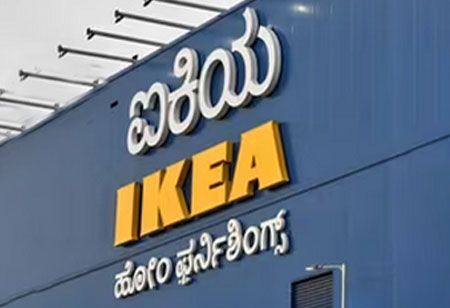
IKEA India Doubles Food Revenue, Enhances Strategy


In a unique twist to its core home furnishing business, Swedish retail giant IKEA has found a winning formula in India by capitalizing on its culinary offerings.
Over the past three years, the company’s food sales have doubled their contribution to overall revenue, now accounting for 8-10 percent,
This is a significant leap from the global average, where food sales represented just 5 percent of IKEA’s revenue in 2019.
Since its entry into Indian market six years ago with its first store in Hyderabad, IKEA has expanded its offline presence to key cities like Bengaluru, Mumbai, and Navi Mumbai.
The retailer has ambitious plans to further penetrate the Delhi- NCR market with two more stores.However, what sets India apart from other markets is the crucial role food plays in driving footfall and revenue.
Unlike many global locations where IKEA outlets are typically situated on the city outskirts and food sales complement furniture purchases, the Indian market presents a stark contrast. Centrally located stores in India have turned food into a major draw, with 20-30 percent more customers opting to dine in rather than solely shop for home decor. This shift has helped IKEA attract a broader customer base with affordability being a key factor.
IKEA’s Indian menu has over 60 items available for under Rs100.
This includes recent additions like the iconic vegetarian hot dog, which is priced at Rs. 49 and Rs 79 for the chicken variant. Moreover, the company is developing a “one-two-three” model, offering Rs10 ice-cream, Rs 20 chai, and Rs 30 filter coffee, further enhancing its appeal as a trendy yet cost-effective dining option.
The menu also reflects IKEA’s efforts to localize its offerings. Instead of the classic cream sauce, customers can choose curry sauce or Manchurian gravy. Regional favorites like vada pav in Mumbai, bisibele bhath in Bengaluru, and biryani in Hyderabad have become staples. Additionally, the company is introducing seasonal and festive menus featuring both global and India delicacies, including popular street foods like golgappas and kebabs.
As IKEA continues to adopt to hyper local food preferences and expand its footprint in India, the company aims to double its food revenue share once again in the coming years, reinforcing its position as a formidable player in the Indian retail and dining landscape.